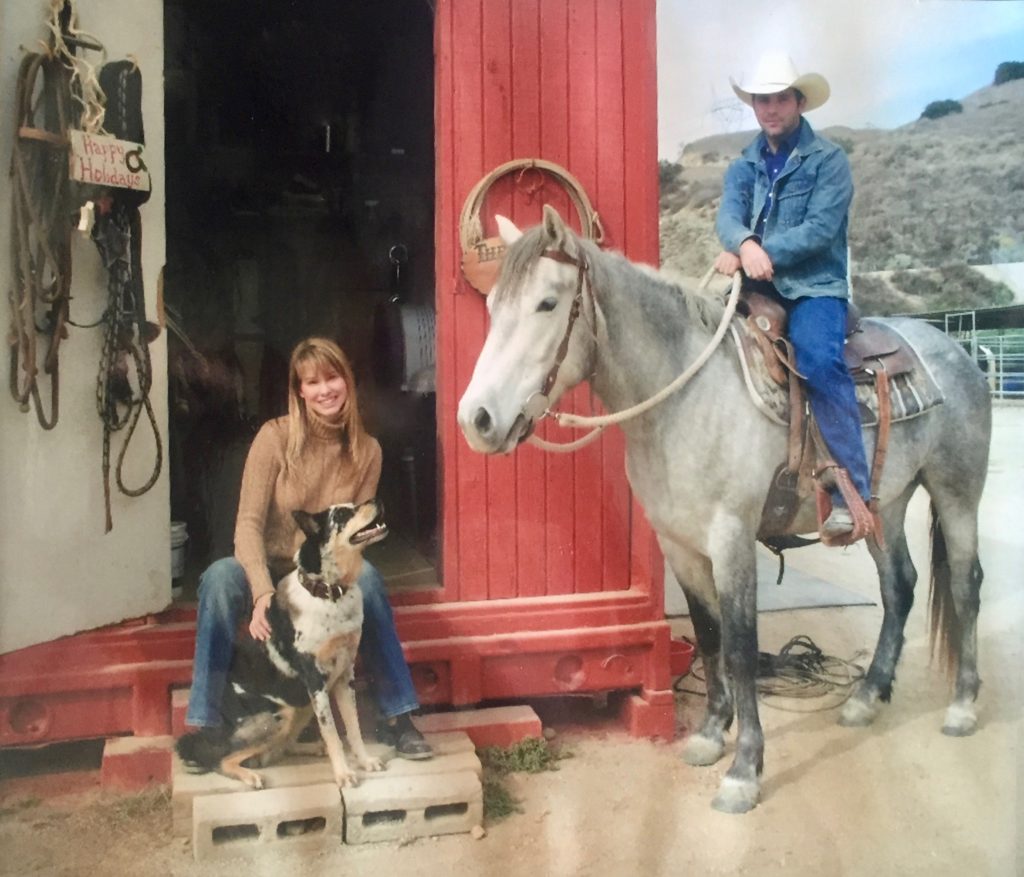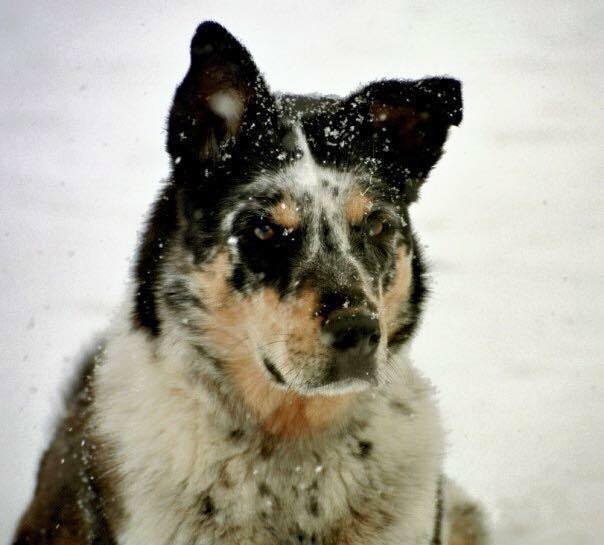HOME
The Natural Horseman – A Family’s Best Friend
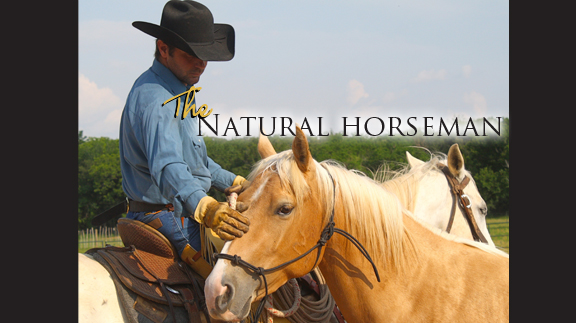
By Steve Stevens
We laid to rest a truly beautiful spirit a couple of weeks ago, our twelve-year-old rescue dog, a mix of Australian Shepherd and Husky, “Scarlett.”
As I have spent some time reflecting on our loss, I know the saying goes a “Man’s best Friend,” but Scarlett was more than that. She was the “Family’s Best Friend.”
My wife and I came upon Scarlett during a time very early in our relationship. She was maybe our first choice of relationship responsibility. I had come across her during a random stop at a local shelter. Although she was a puppy, she seemed to have an old soul and appreciation for life. She didn’t seem phased by the road she had not chosen.
Scarlett looked directly into my eyes with a unique sparkle, and I knew we had to have her. I called Amanda and told her she just had to see her. The moment they met it was no longer a choice but a need to have this little big eared black, grey and white puppy in our life. We had to buy her in a bidding option and there was one other lady making her attempt to out bid us. Amanda grabbed my arm tight and twisted hard, and gave me a look I have come to know as “don’t mess this up.” We paid way more than we had expected on a rescue, but her value would soon become unparalleled.
Looking back, there was only one being with Amanda and me from the beginning of our relationship and that has been Scarlett. Scarlett was named after Scarlett O’Hara from “Gone with the Wind.”
Much like the character, Scarlett became the strength of our family, the one that held us together. She was beautiful, tough, a little spoiled.
Our Scarlett was very kind, kind to all comers.
I started thinking how Scarlett had been there on all of our youthful adventures as we loved to travel the American West. We dragged her all over the place, to the mountains, to the desert searching for wild Mustangs, back and forth to Scottsdale, Arizona, to visit Amanda’s parents and family, to Gallup, New Mexico, to see my dear friend Sonny. She loved to play in the snow; there she was probably at her happiest. She also loved meeting new people. Sometimes people could be intimidated by her because of her size and bark, but she never hurt a soul.
She was with us when we left California to move to our first home in Texas to live our new adventure on a ranch. She chased wild turkey and ran with the horses there. She was there when we brought our newborn son home then when we brought our new daughter home. She protected them and I always felt safe when I was not there. I knew she would watch over. She cuddled up tight next to us when a tornado hit our home in Cleburne.
Training horses can be a very lonely job, a lot of time spent outside riding on your own. That would have been the case, but Scarlett was always there with me for nearly every ride. She loved being outside with me and the horses. I always felt safe when she was watching.
Scarlett was there in our most trying time when Amanda got diagnosed with cancer. I can’t tell you how many times I would get down on the floor and squeeze her and cry to her when no one was watching, as I felt she was the only one I could share my fears with with.
She greeted each new member of the family with joy. First Melanie, (also named from “Gone with the Wind”) the crazy sick kitten that showed up in the barn and then her best friend, “Woodrow,” the little funny corgi mix that we took in when we knew better.
She always smiled and wagged her tail with such appreciation when we would come back home after being gone for an hour or a week.
Scarlett introduced our young children to how beautiful owning a dog can be.
Scarlett walked this earth with Grace, love and pride. I can picture her now, running and hopping through lush fields of green grass, cutting back and forth as she did in her youth, like she is working a wild Corriente steer.
I know she is in a place where her pain is gone. We love you Scarlett.
HOME
Lone Star Auctioneers Championship
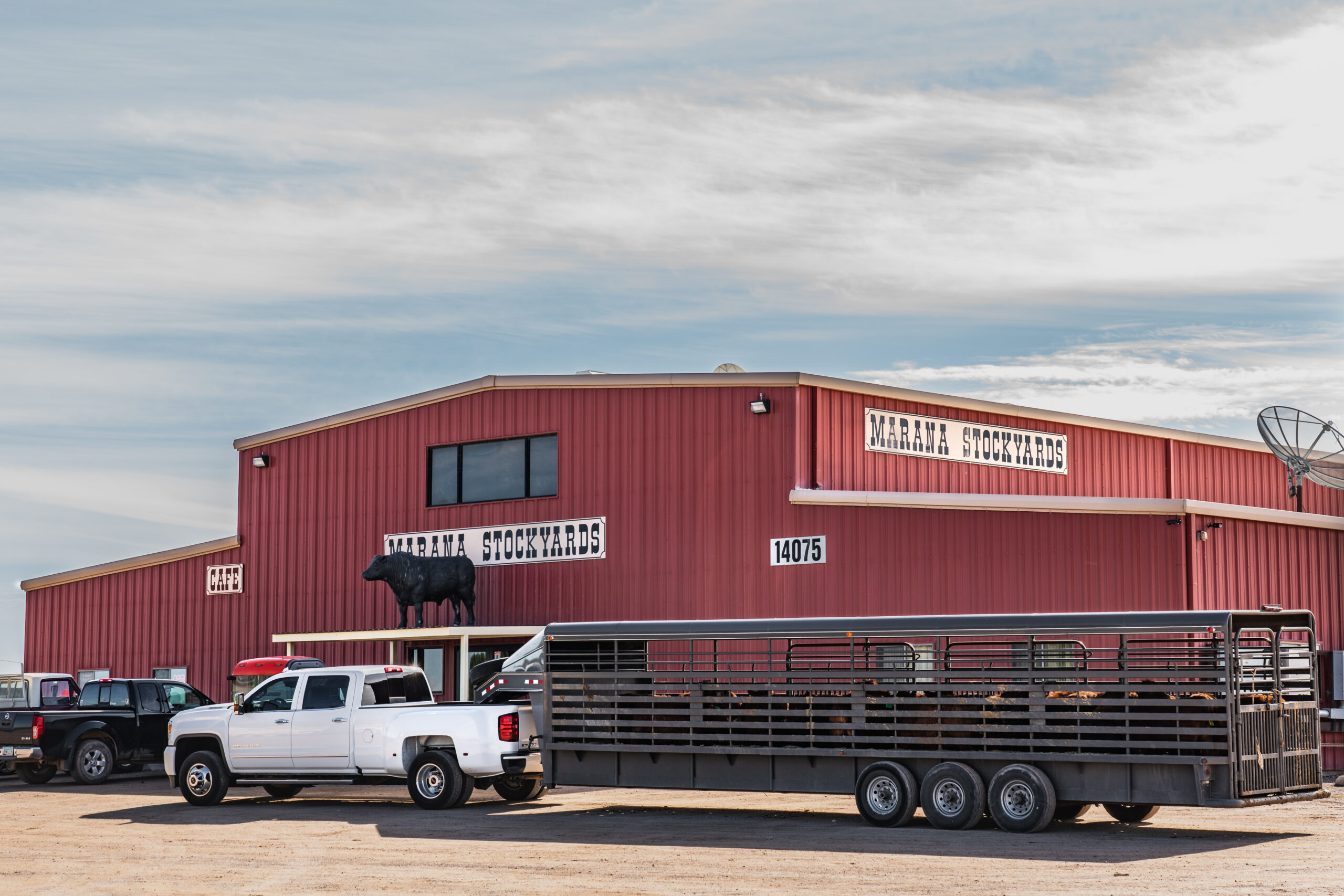
Join us for the Lone Star Open (LSO) Auctioneer Championship, set to take place on Sunday, February 2, alongside the Fort Worth Stock Show and Rodeo (FWSSR).
This exciting event will feature a $20,000 prize for the grand champion auctioneer, as well as insightful presentations on the auction method of marketing and the dynamic auctioneering profession.
To read more, pick up a copy of the January edition of North Texas Farm & Ranch magazine, available digitally and in print. To subscribe by mail, call 940-872-5922.
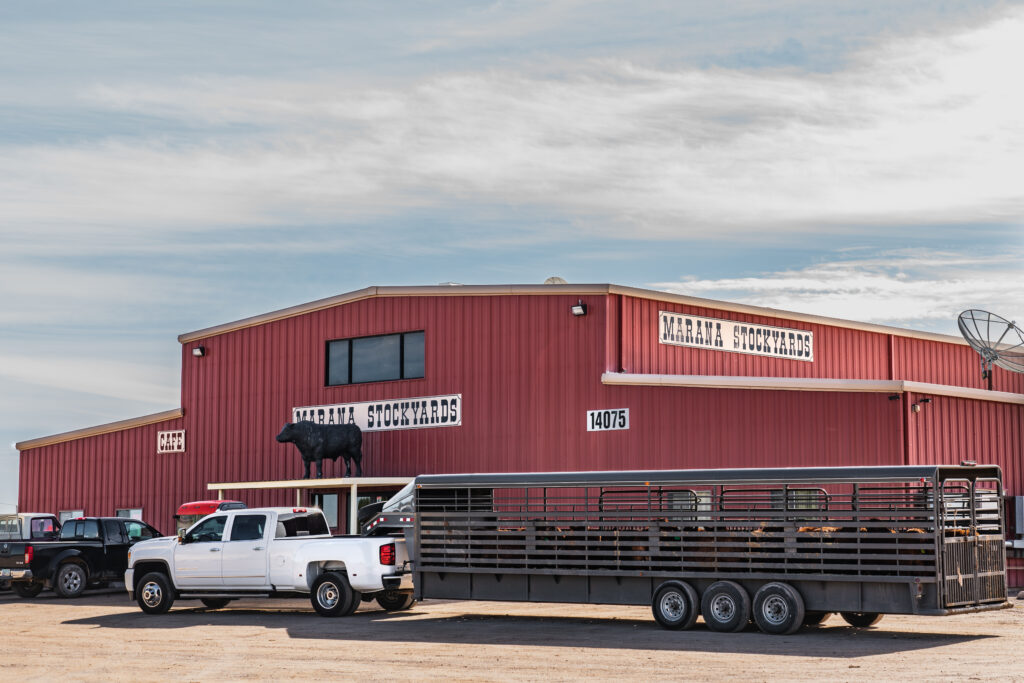
HOME
Being A Woman In The Outdoor Industry

By Emily Gleason
The outdoor, hunting, and fishing industries have long been perceived traditionally as a male-dominated realm. However, as societal norms shift, the experiences of women in these industries have been increasingly coming to the forefront. Being a woman in the outdoor industry today is a complex blend of passion, perseverance, and community, marked by both challenges and triumphs.
Women who hunt or engage in outdoor activities frequently find themselves confronting preconceived notions about their capabilities and interests. Many of us have experienced skepticism or outright disbelief when we express our enthusiasm for hunting or other outdoor activities.
Despite these stereotypes, women are increasingly challenging and redefining what it means to be involved in these activities. Female hunters and outdoor enthusiasts are not only participating but excelling in such skills. They contribute unique perspectives and insights to the hunting community, showcasing that passion for the outdoors knows no gender.
To read more, pick up a copy of the January edition of North Texas Farm & Ranch magazine, available digitally and in print. To subscribe by mail, call 940-872-5922.
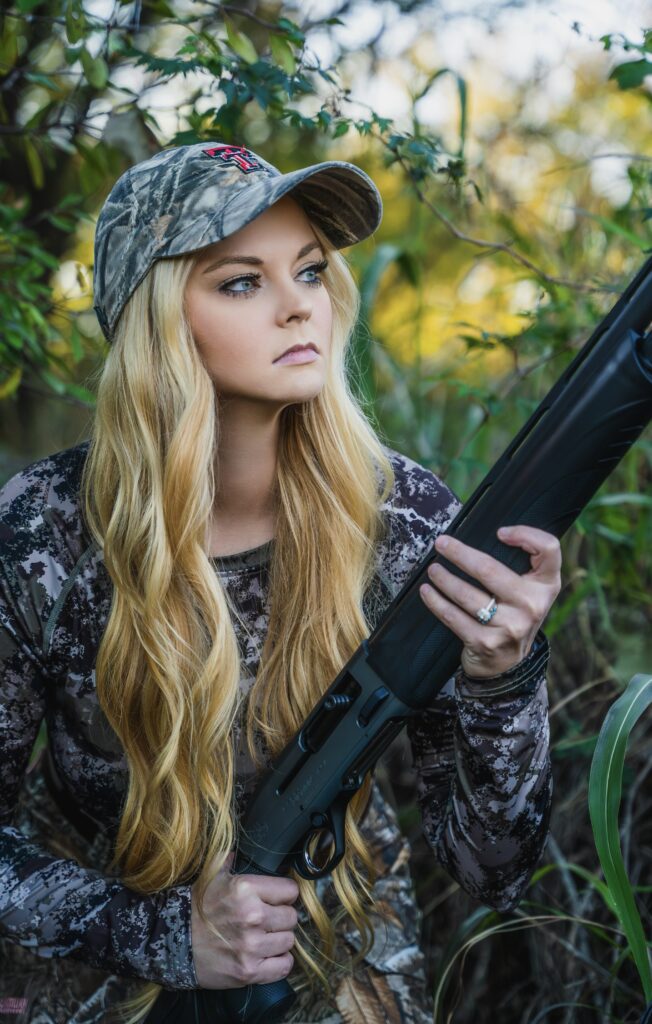
HOME
Winecup
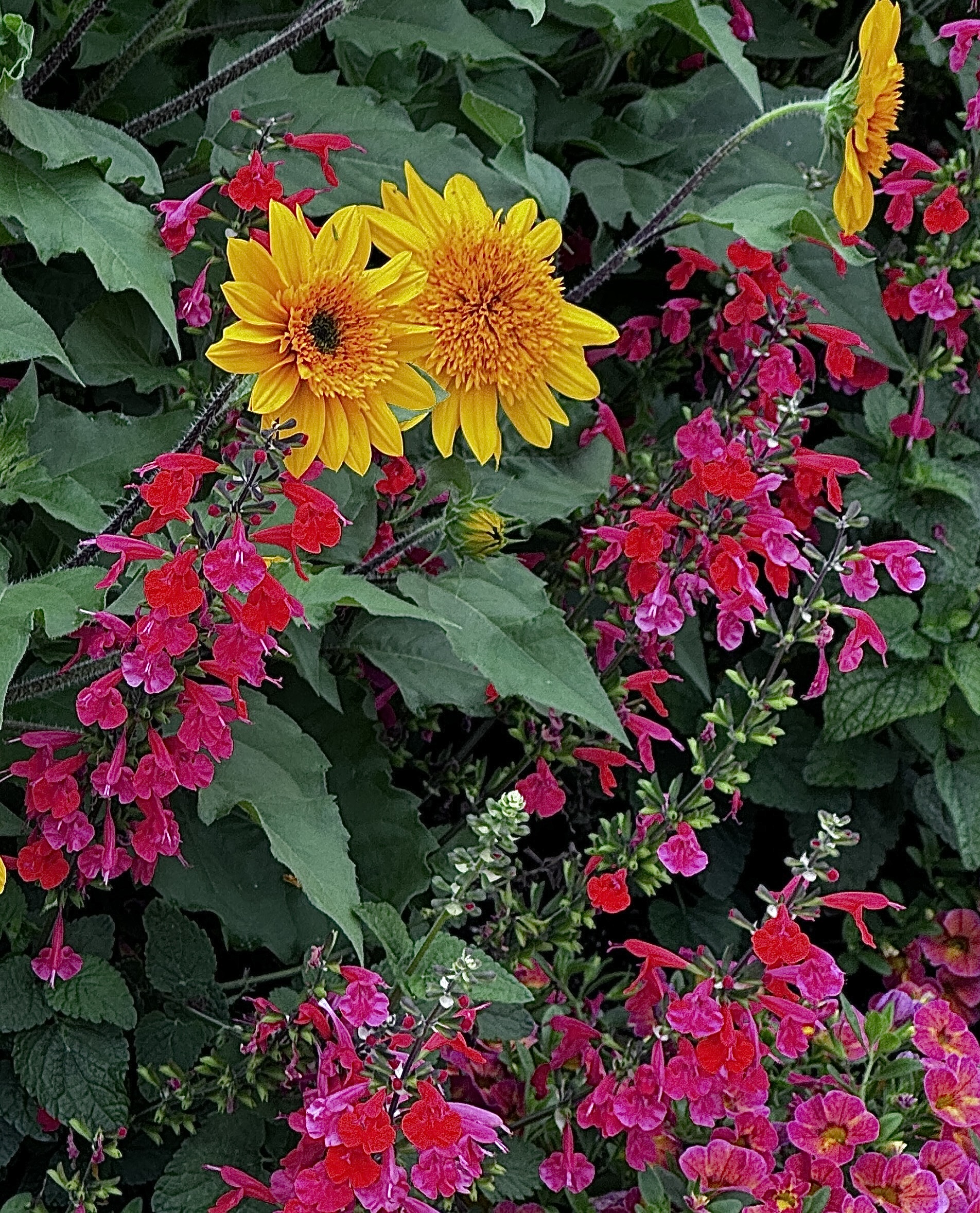
By Norman Winter
It’s easy for us to take for granted the multiple forbs that are growing throughout our North Texas and Oklahoma grazing lands. They play an important part in the health of our soils and of our livestock, and we should be aware of how they fit in our grazing environment.
Winecup is one of the forbs that many of us can recognize. There are both annual and perennial species, and of significant numbers in our area is Trailing winecup, which is a perennial.
To learn more, pick up a copy of the January edition of North Texas Farm & Ranch magazine, available digitally and in print. To subscribe by mail, call 940-872-5922.
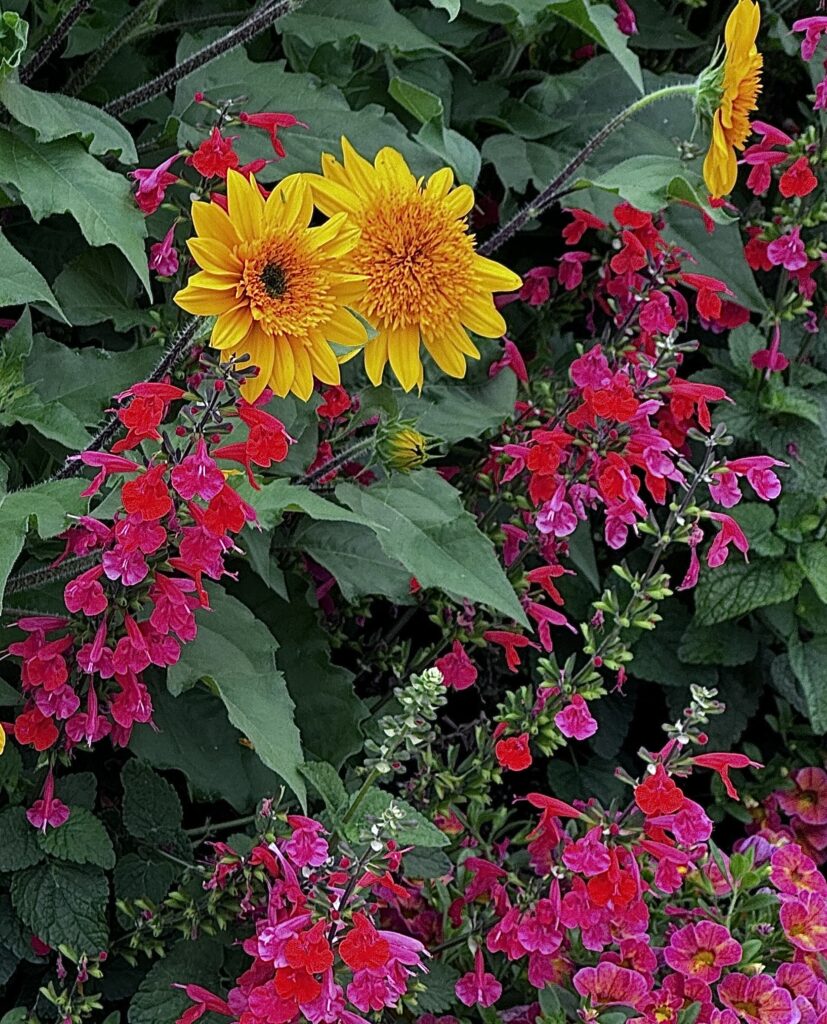
-

 Country Lifestyles2 years ago
Country Lifestyles2 years agoScott & Stacey Schumacher: A Growth Mindset
-

 Country Lifestyles8 years ago
Country Lifestyles8 years agoStyle Your Profile – What your style cowboy hat says about you and new trends in 2017
-

 HOME8 years ago
HOME8 years agoGrazing North Texas – Wilman Lovegrass
-

 Equine1 year ago
Equine1 year agoThe Will to Win
-

 Outdoor10 years ago
Outdoor10 years agoButtercup or Primrose?
-

 Country Lifestyles5 years ago
Country Lifestyles5 years agoAmber Crawford, Breakaway Roper
-

 Country Lifestyles9 years ago
Country Lifestyles9 years agoJune 2016 Profile – The man behind the mic: Bob Tallman
-

 Country Lifestyles8 years ago
Country Lifestyles8 years agoDecember 2016 Profile, Rusty Riddle – The Riddle Way

